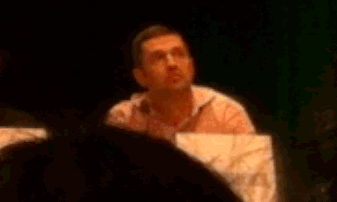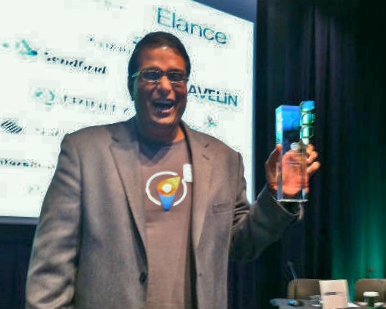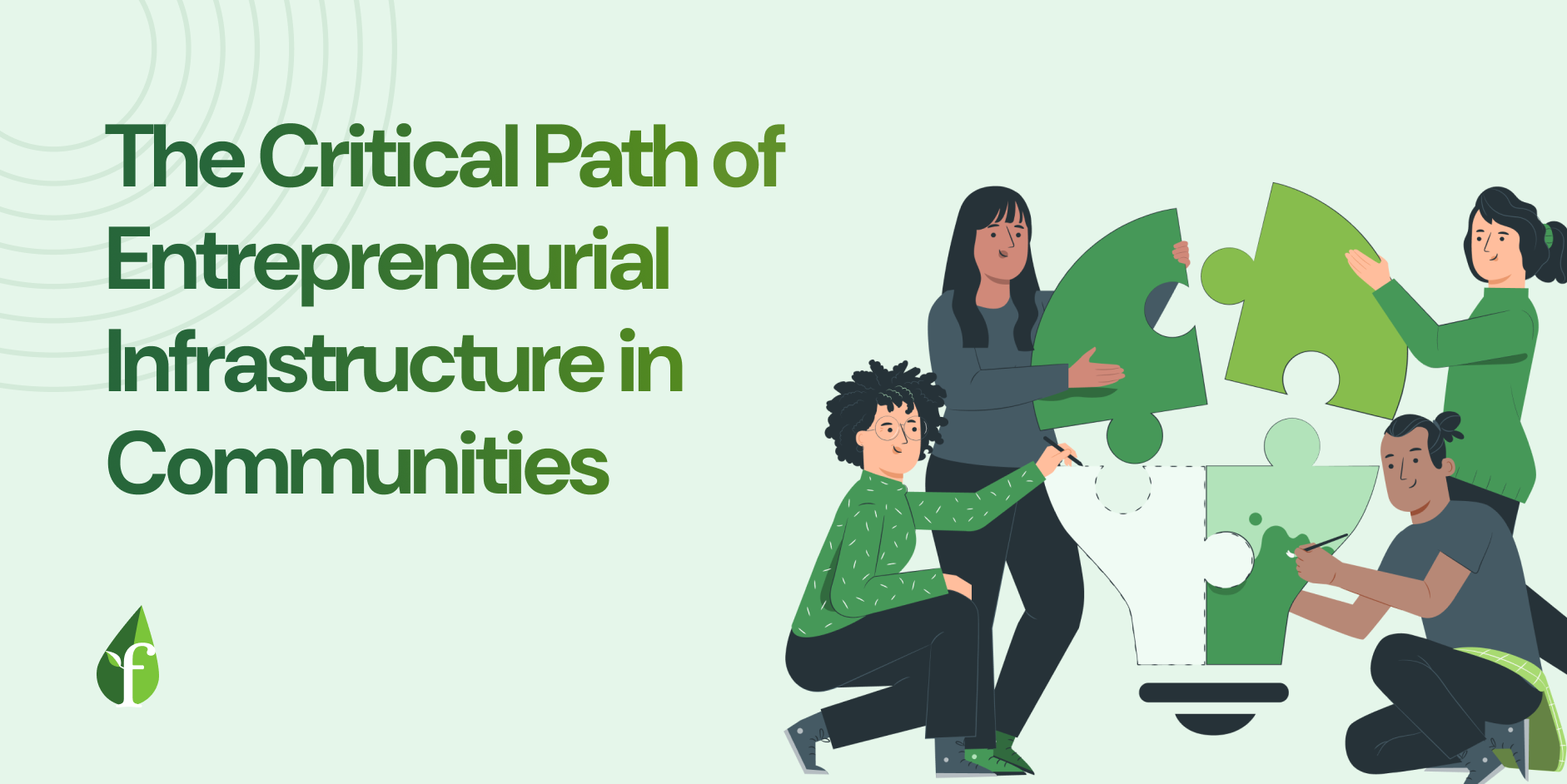
This guest post was written by Nilay Patel, Co-Founder & CEO of Selligy, who won the Grand Prize at the 11th Founder Showcase. Be sure to grab your tickets to the upcoming Founder Showcase.
The secret to winning the Founder Showcase is this: focus on your product. At Selligy, we’re focused on building a great product for salespeople. To win, we spent a year researching our user and building a product that solves their problems. That gave us the two things that were the heart of our pitch: great user stories, and a great demo.
So the good news is, winning didn’t involve some hypnotic presentation trick.
The bad news is, well, it took a year!
But enough on the big picture - how did we boil down a year of passion into just a 180 second on-stage pitch?
1. Establish credibility.
You are going to spend 3 minutes on stage painting a vision for a future that does not yet exist. Why should the audience take you seriously? What makes you an expert in your subject matter? Do this fast and efficiently.
2. Make an eye-popping demo.
Nothing better demonstrates what you’ve accomplished than a live demo. The demo has to be a great story about your user, NOT about you, the product, or the design. Don’t waste time describing your design decisions, or touting a list of secondary features. Don’t describe how the product works - instead describe how it makes the user feel.
Also, take the time to build a self-contained and bullet-proof demo mode. We showed our real product, but a version that doesn’t rely on a network connection and resets the demo data each time it starts. We built this for demo competitions, but I’m amazed at the number of times it remains handy - to show a potential partner, user, or VC. Unlike the real product, this demo always works, whether on a plane or 30 minutes after an inevitable gremlin broke the latest build.
Optics also matter. Our demo was given with my real iPhone. Even though receiving a phone call or text message could have been fatal. We didn’t use an iPod Touch or switch on airplane mode. The audience would immediately notice you were giving a staged demo and discount everything you say. The first question from a VC would be, “Was that staged? How does your real product work?” We took the time to disable all notifications and forward phone calls - all to keep the AT&T logo on the top left corner of the status bar.

Judge Rob Coneybeer, of Shasta Ventures, wow-ed by the demo.
3. Answer questions confidently and authentically.
Since you know your space, you know your user, and you know why your problem is important to solve – you have nothing to fear! I got asked a couple questions I didn’t have answers to and just said, “I don’t know. I think this is how we’ll find out.” Don’t try to BS your way out of questions. It probably won’t work, and if you do know your stuff, you don’t need to!
4. Hook ‘em with the essentials, but leave ‘em wanting more.
You only have three minutes, so you can’t get to everything. If you get them interested, they’ll ask for the rest later. We focused on establishing (1) our credibility, (2) the user problem, and (3) the huge market this user problem presents, and then dove into the demo to show how we would delight the user. We did steps 1, 2, and 3 in fewer than 8 sentences. So, to put it mildly, we barely touched the ‘go-to-market’ and other topics. But, since we hooked the audience, they actually asked about the rest during Q&A, or at our demo table.
Bonus Tip: By purposefully omitting key facts, you can correctly predict the questions you will get on stage - and prepare some really great answers.
5. Listen to Adeo. And don’t listen to Adeo. (Boom!)
He has seen some of the best pitches ever – and, more importantly, he has seen presenters crash and burn. When he said our pitch had an issue, we stopped and fixed it. Full stop.
But, we did something different than our competitors – we focused on all demo, and didn’t use slides. You need to stand out in a series of pitches, and this stood out. From the start, Adeo cautioned strongly against doing live demos, for many good technical reasons. We listened to the reasons, created a resilient demo to mitigate against the technical risks, and forged ahead. I believe this approach really set us apart.

Nilay Patel celebrating his victory on-stage.
We’re a company founded by salespeople, building a great product for salespeople. So, maybe refining a pitch comes naturally to us. But ultimately, like any great sales pitch, it started with a year of gathering great user stories and building our product that got us to the top of the heap. That’s key to building a great company too, not just a great pitch.
Thanks for the great advice Nilay! You can see a video of Selligy's winning pitch below.
Don't miss out on 15th Founder Showcase, taking place on Thursday, May 15th in Mountain View. Silicon Valley's leading seed-stage Pitch Competition will also feature keynote presentations by technology luminaries Mitch Kapor and Mike Maples Jr.. Tickets are very limited, so reserve your spot today.
Like this article?



